Jewish Symbols
This page lists of the various symbols in the Jewish Symbols group.
Jewish signs and symbols.
Symbols in this group:
Apple
One of the most symbolic of all fruits, apples have held a central place in the traditions of many cultures.
Dates
The cultivation of dates began over 5000 years ago, and the fruit is still an important foodstuff in many parts of the world. In terms of symbolism, the date has much in common with the fig, and aside from the fruit itself, date palm trees hold symbolic importance in their own right.
Dove
With its pure white feathers, softly rounded body and gentle demeanor, the dove is one of the most ubiquitous symbols of peace, innocence and purity. On the other hand, the dove’s symbolism is considerably more complex than notions such as these, and in some cases those complexities can prove quite surprising.
Frankincense
We’ve all heard the adage that appearances can be deceiving, and this is particularly true in the case of frankincense. Despite resembling lumps of dried earwax, this precious material has been prized for thousands of years, and it still plays important roles in the world today.
Garnet
Like many gemstones, the garnet possesses a number of different symbolic meanings.
Grapes
The symbolism of the grape is invariably tied to, and often overshadowed by, its fermented after-product- wine. Insofar as the two can be pried apart, this article will attempt to do so, and focus primarily on the fruit itself.
Hippopotamus
The hippopotamus is an extremely powerful animal, both on land and in the water. Its massive size and fierce demeanor, yet also its association with fertility, all contribute to its potent symbolic meaning.
Honey
The cultural importance of honey is based, in large part, on its sweet flavor. While some symbolic meanings of this foodstuff are easy to understand, others may come as quite a surprise.
Jackal
In certain parts of the world, the jackal often carries negative meaning, and some would argue that even the word “jackal” sounds harsh to the ears. This, however, is not the complete picture, and here we’ll examine some of these symbolic meanings and pinpoint specific aspects of the animal’s nature that has led humanity to classify jackals the way they have.
Menorah
The menorah (Hebrew: מְנוֹרָה [mənoːˈɾaː]) is described in the Bible as the seven-lamp (six branches) ancient Hebrew lampstand made of gold and used in the portable sanctuary set up by Moses in the wilderness and later in the Temple in Jerusalem. Fresh olive oil of the purest quality was burned daily to light its lamps. The menorah has been a symbol of Judaism since ancient times and is the emblem on the coat of arms of the modern state of Israel.
Olive
Olives have been cultivated by Mediterranean peoples for at least five thousand years, and are still a major staple of cuisines in the region. This article will address not just the olive itself, but the oil produced from it and the tree from which it grows, since the symbolic meanings of all three are interconnected.
Pomegranate
The pomegranate is a fruit with a very long history, both as a culinary staple and as a cultural symbol.
Snake
It's not much of an exaggeration to say that snakes are the most symbolically charged members of the entire animal kingdom. All across the world, snakes have occupied the entire spectrum between reverence and hatred. What is particularly notable about snakes (although not unique by any means) is that they can be both admired and feared in the same culture without one symbolic facet canceling out the other. Whether they're seen as the embodiment of evil or as the repository of ultimate wisdom, the cultural importance of these creatures cannot be overstated.
Star of David
The Star of David, known in Hebrew as the Shield of David or Magen David (Hebrew מָגֵן דָּוִד; Biblical Hebrew Māḡēn Dāwīḏ [maːˈɣeːn daːˈwiːð], Tiberian [mɔˈɣen dɔˈvið], Modern Hebrew [maˈɡen daˈvid], Ashkenazi Hebrew and Yiddish Mogein Dovid [ˈmɔɡeɪn ˈdɔvid] or Mogen Dovid) is a generally recognized symbol of Jewish identity and Judaism. Its shape is that of a hexagram, the compound of two equilateral triangles. The hexagram has been in use as a symbol of Judaism since the 17th century, with precedents in the 14th to 16th centuries in Central Europe, where the Shield of David was partly used in conjunction with the Seal of Solomon (the hexagram) on Jewish flags. Its use probably derives from medieval (11th to 13th century) Jewish protective amulets (segulot).
Star of David with Old Jerusalem Temple
Star of David with Old Jerusalem Temple inside it
The Chai Symbol
Chai (Hebrew: חַי "living" ḥay) is a Hebrew word that figures prominently in Jewish culture; the Hebrew letters of the word are often used as a visual symbol.
Citation
Use the citation below to add this symbols group page to your bibliography:
Style:MLAChicagoAPA
"Jewish Symbols." Symbols.com. STANDS4 LLC, 2025. Web. 28 Feb. 2025. <https://www.symbols.com/group/3/Jewish+Symbols>.


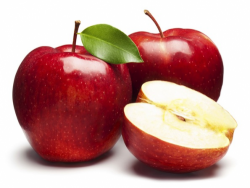
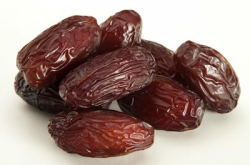
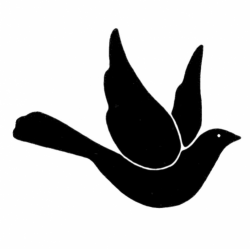
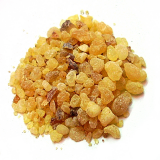
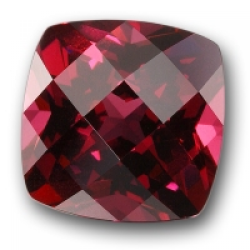
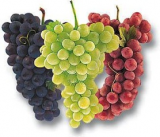
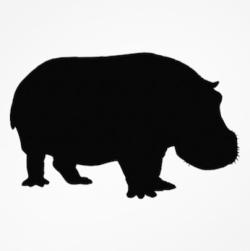
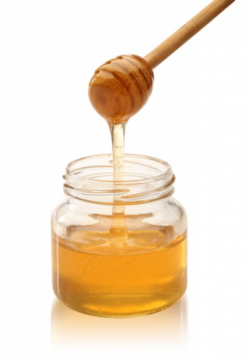
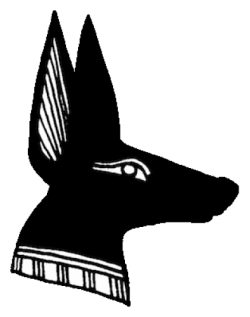
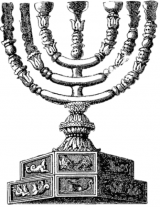
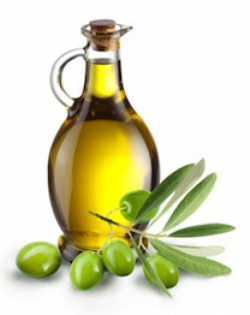
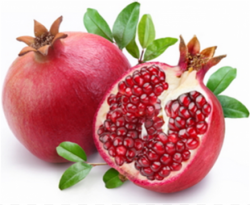

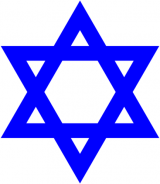
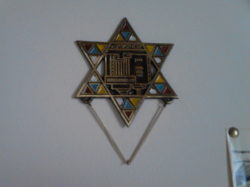
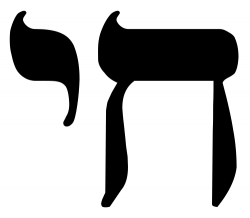




Have a discussion about the Jewish Symbols group with the community:
Report Comment
We're doing our best to make sure our content is useful, accurate and safe.
If by any chance you spot an inappropriate comment while navigating through our website please use this form to let us know, and we'll take care of it shortly.
Attachment
You need to be logged in to favorite.
Log In